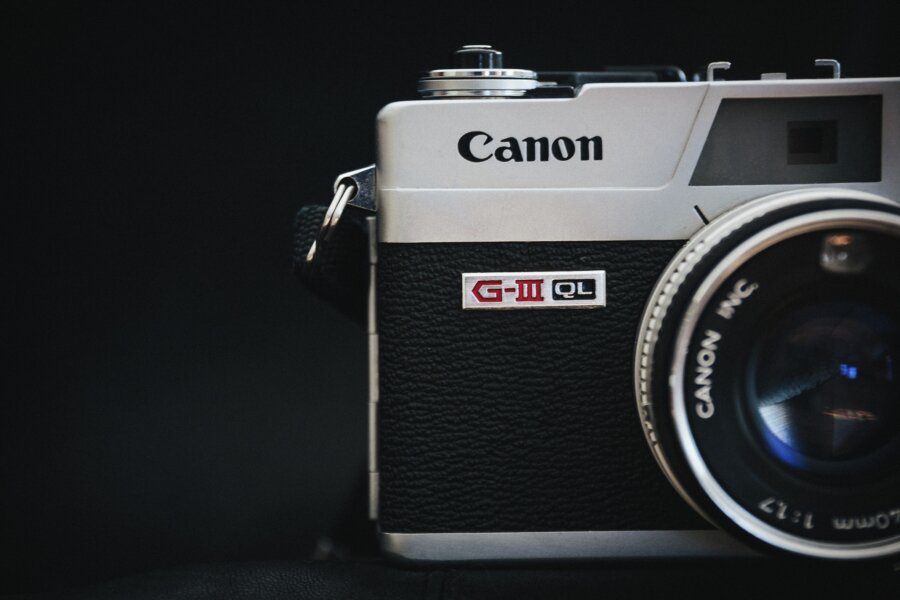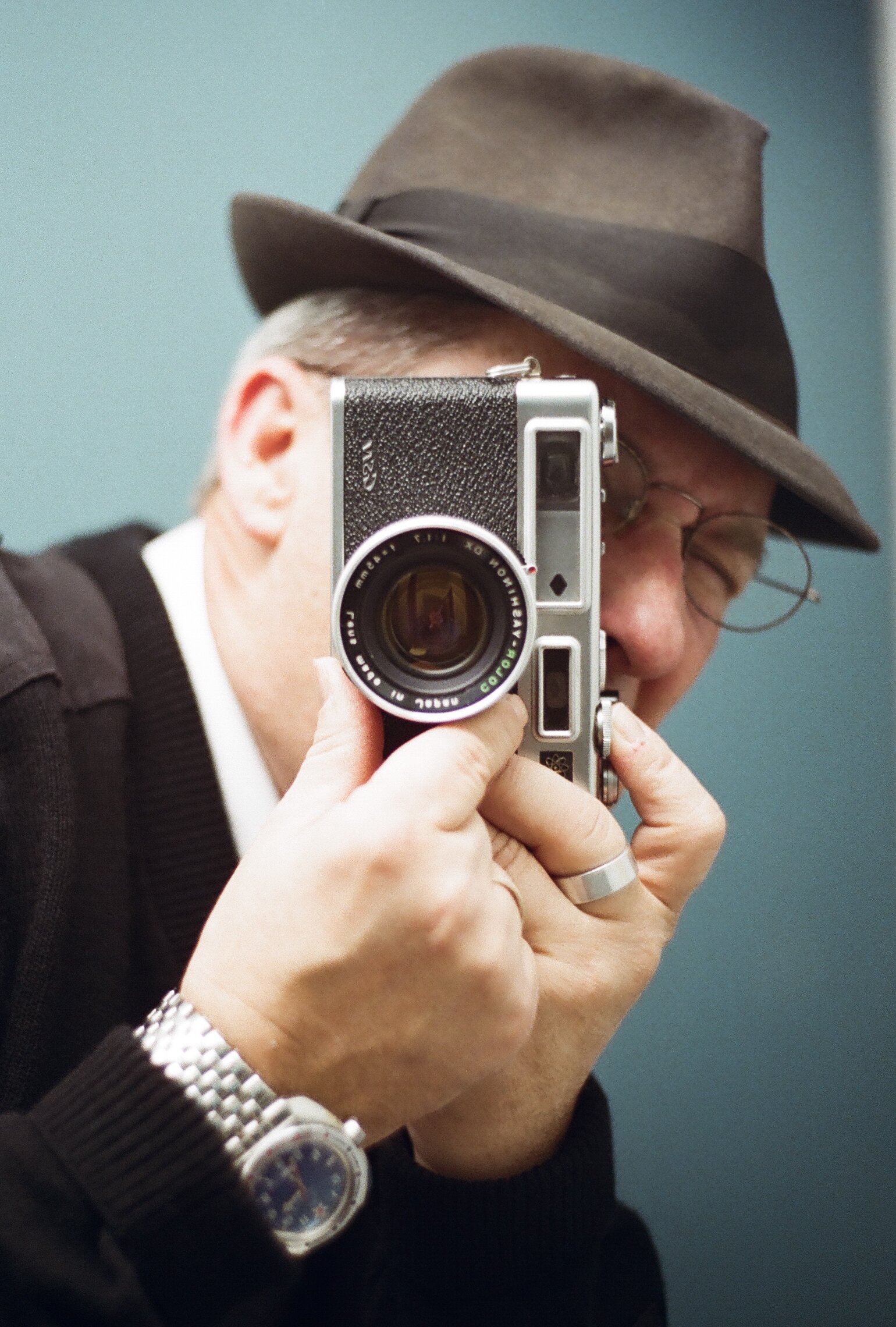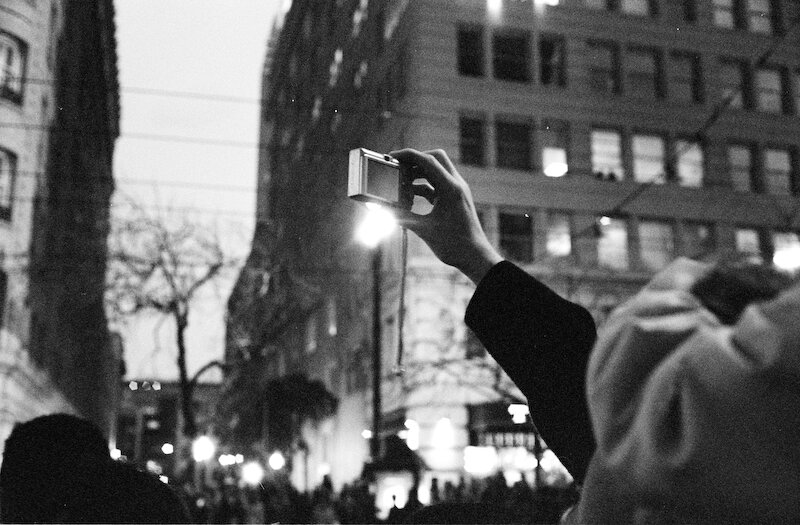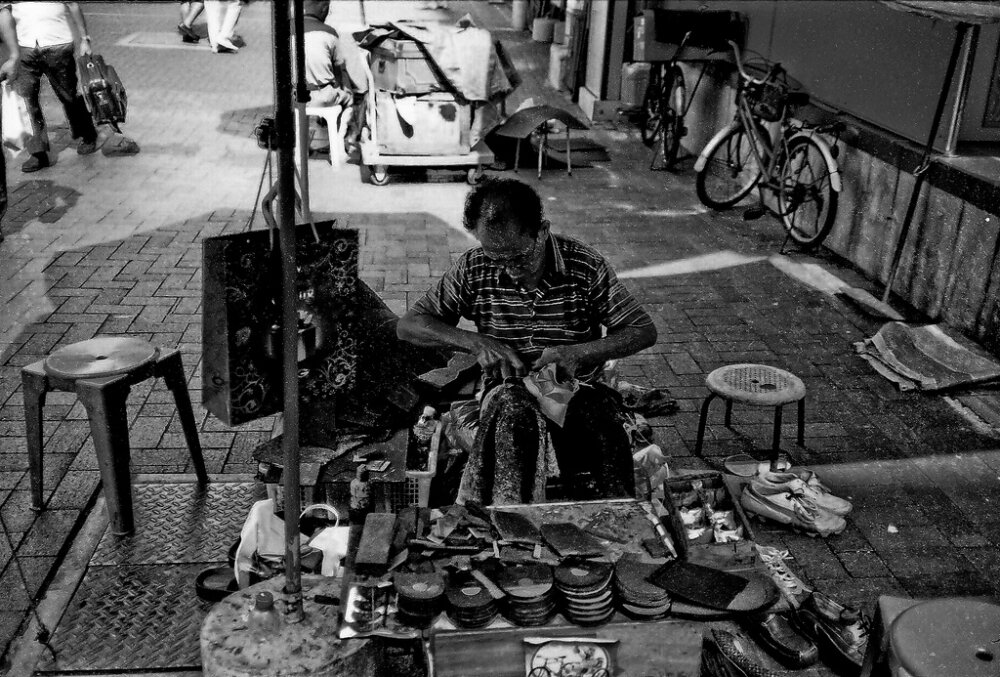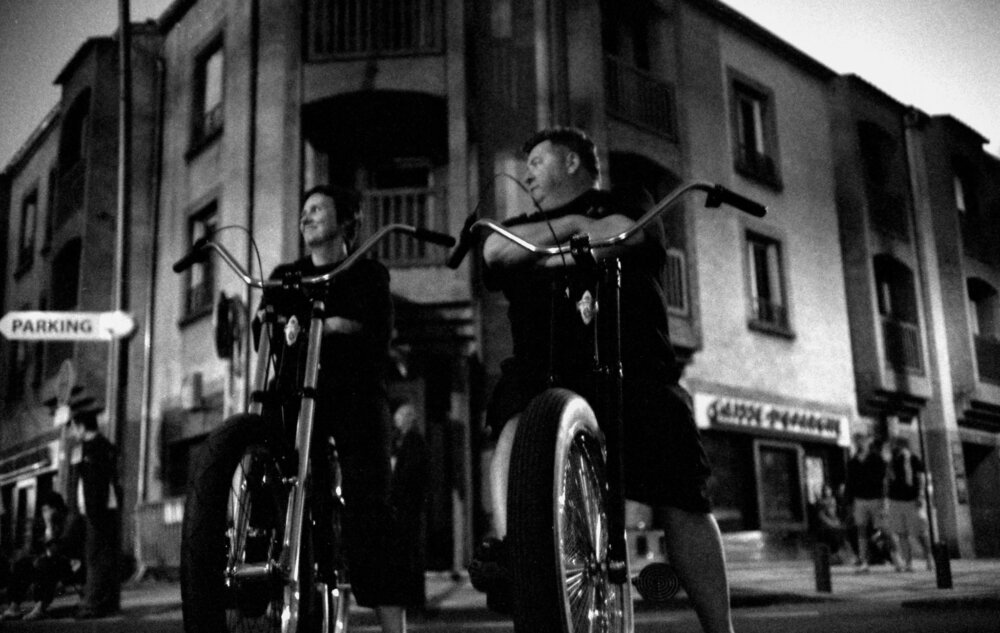Compact, Fixed Lens Rangefinders for the New Film Photographer (Premium)
by
It’s true: sometimes all you need is one lens, a camera, some film, and a little bit of creative freedom–and almost nothing embodies that idea more than a fixed lens rangefinder camera. For a number of years, consumers wanted a camera that could give them professional grade results but that didn’t have a whole lot of complications. Manufacturers answered that call with a number of fixed lens rangefinder cameras. These cameras gave consumers a good, fixed focal length, fast aperture lens and kept the simplicity at the heart of the product. The good thing is that many of these cameras are still around today.
These fixed lens rangefinders are also fairly compact. They can be adorned with a beautiful leather strap and thrown around your shoulder like a fashion accessory but they’ll also appeal to those who want functionality. Best of all, they’re fairly affordable in the grand scheme of film cameras.
Yashica GSN Electro 35
by
The Yashica GSN Electro 35 camera is what I had hoped Yashica would have brought back via Kickstarter. But alas, they went the digital route. Their current camera is inspired by the old Yashica GSN Electro 35 rangefinder. This camera was a fixed lens rangefinder with a 45mm f1.7 lens that was labelled to be called a Color lens. Of course, we know that this is a marketing idea to drum up consumer interest in the same way that Sony called their Mini DV tapes HDV tapes back in the 2000s. It had a specific setting for flash sync but otherwise worked via aperture priority. For many photographers today, this sounds like a dream camera.
The Yashica’s biggest quirk though was the fact that the film advance didn’t really stop. With that said, you can advance to the next frame of film without actually firing a shot. So you often needed to be careful about that. It also required a battery that can be converted with the help of a good technician and it could still shoot at a fixed shutter speed even without a battery inside. In some ways, you can think of it like a Lomo camera–a fixed shutter speed with variable apertures and a fixed ISO. That makes working with it fairly easy to do.
Years ago these cameras were dirt cheap, but they’ve gone up in price over time. Still, they won’t cost you an arm and a leg.
Olympus XA series
by
The Olympus XA cameras were at one time marketed as being a compact camera available for a professional photographer when they didn’t want to lug around an SLR or a full rangefinder. Even today, an XA camera can be easily slid into a pair of skinny jeans. The original Olympus XA had a dark but working rangefinder while later models still had a rangefinder but that worked via zone focusing. To some it may be quirky because it didn’t incorporate numbers but instead used signs such as a person’s torso, a full person, or mountains for infinity. For those who knew nothing about photography, it made sense.
Lots of photographers love these cameras for their small size, but to me personally, it’s a mix. Some of them are very solid while others aren’t that great. I think that it’s imperative that you use the flash to get the sharpest images because the 35mm lenses I feel had a lo-fi look. Of course, you could also be looking for that style.
Canonet QL 17 III
by
The Canon QL17 III is a camera that has really shot up in price over the years. It can use a battery but also can operate totally mechanically. With its 40mm f1.7 fixed lens, you can focus the rangefinder to get the images that you want in focus. Granted, it’s not the brightest rangefinder, but it surely works. This camera has a very boxy appearance that still holds up today due to its small size. These cameras are made from metal and are quite sturdy. It’s tough to find one that hasn’t held up to be honest. They’re available in both silver and black with silver being the much more common version and black being the more premium and pricey offering. If you were to go for any compact rangefinder camera, this would be the creme de la creme of the bunch.
